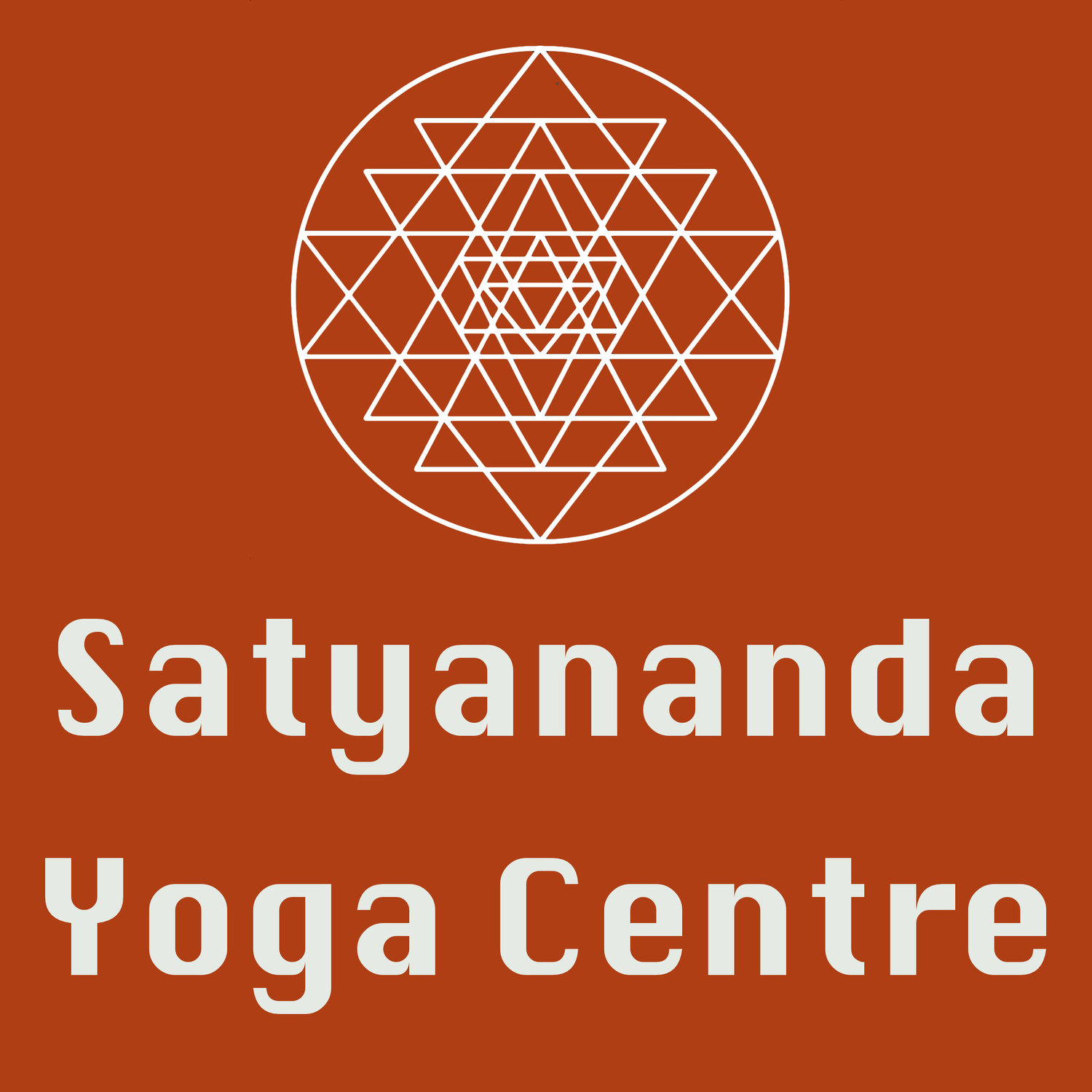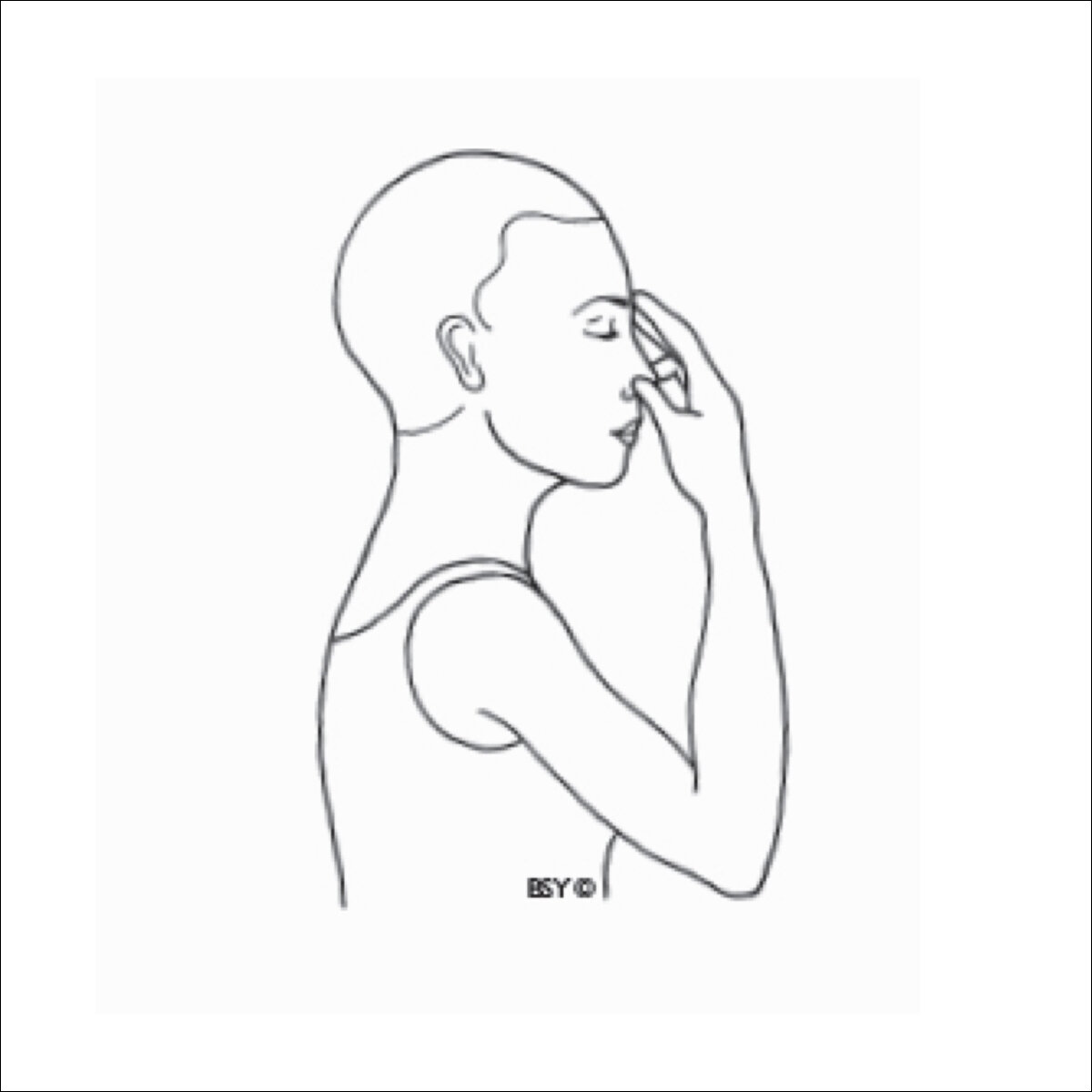Pranayama
Technique 1: Abdominal breath
Focus on first filling the abdomen fully, try to take as much air in the lungs as you can just using the abdomen.
Technique 2: Full Yogic Breath
This can be done lying down, or sitting up. Watch the video with supine position here.
When practising sitting up, you can make use of the arms to really stretch the lungs to capacity, yet gently and gradually. To see the whole progression, click here.
Technique 2: Nadi Shodhana (alternate nostril breathing)
Only follow the video as a reference. Once you are familiar with the practice, use your own count and go at your own speed.
Inhale with a count that is as long as you can manage comfortably (so that you don’t feel breathless at the end of the exhalation).
Exhale through the opposite nostril with the same count.
One round: inhale through the left nostril, exhale through the right; inhale straight away through the right nostril, then exhale through the left.
Lower your right arm and rest for three rounds of normal breath after each round, and let the lungs and arm relax.
Technique 3: Bhramari Pranayama (bumblebee breath)
With your eyes closed, take your awareness into the whole head.
Plug the ear flaps using your index fingers and raise your arms to the sides.
(If they become tired, lower them to the sides of the body rather than interrupting the practice)
Breathe slowly through the nose.
When exhaling, make a gentle humming sound at your most natural pitch.
In the first variation, focus on the vibration in the centre of your head.
In the second variation - when the arms are by the sides of the body, focus on the vibration in the centre of the chest.
This practice can be done at any time when you feel excessive stress, for a length of time. For general purposes, practise 10 rounds after Nadi Shodhana.



